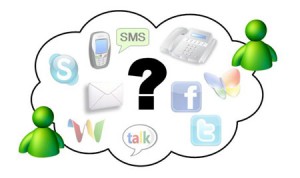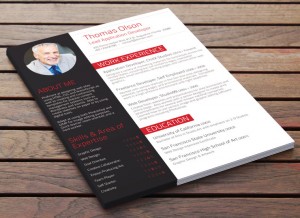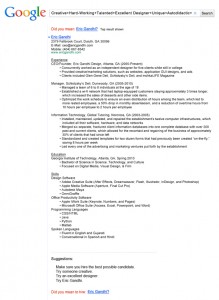The workplace is changing every single year. But lets take a look at how the workplace was ten years ago…
We barely used technology (i.e. iphones, computers, ipads, powerpoints, prezis, webinars, emails) ten years ago. It was more face to face communication than ever. Take a look at the baby boomers compared to Generation X (Ashe-Edmunds). Generation X takes more advantage in technology nowadays than the baby boomers. The reason? The world is changing, the workplace is changing fast everyday. Generation X grasps social media faster than baby boomers. For example, on you resume you could have social media skills listed as your top priority because your just that great at it. Furthermore, imagine the forty five year old you are completing against to gain that job. You realize that you must have more social media skills than “this guy” over there. You have the advantage in the company because you are up to date on tech “stuff”. But is this fair? I think not.
Forty five year olds should have the same chance as a graduate fresh out of college. I feel that employees should level the playing field for everyone, meaning, that social media should be taught upon on when hired. Not everyone has supreme social media skills, it is a taught skilled.
On the other hand, how is the workplace changing? Have we gotten lazy enough to rely on technology most of the time? In Sam Ashe-Edmunds article, he talks about how companies use telecommuting and technology use has affected people’s lives and will continue until we do not even have to attend work pretty soon. Telecommuting has a been a hot commodity for a while. We use it to work from home, or to attend meetings. Look at how technology has changed for employers. Not too long ago…we use to have blackberries. Remember those? Now, most companies have Iphones or Samsung phones for their employees because it provides more functionality than the blackberry did.
 courtesy of: http://www.desummarize.com/apples-oranges-workplace/
courtesy of: http://www.desummarize.com/apples-oranges-workplace/
So, how do employers view you based on how you dress? Many companies have different stand points on this. For example, Adult Swim require that you do not dress up everyday. You can wear casual clothes to work because you are expressing yourself, your everyday wear. Now, if you worked at a law company or a government building, then your clothes would be different. You would look much like the people above in the picture. But what else do you see in the picture? Are most of them attractive? The answer is yes because most employers view you based on looks. Its true folks. It is like a bad case of whos hot or not in high school. The more attractive someone is (especially woman) than the more likely that other clients will buy into that person and invest in the company. Not fair? I totally agree with you.
So, what else do you see in this picture? You can respond in the comments below.
Source
Ashe-Edmunds, Sam. “How has the workplace changed?” 21 Nov, 2014. Web. <http://work.chron.com/workplace-changed-12823.html>





